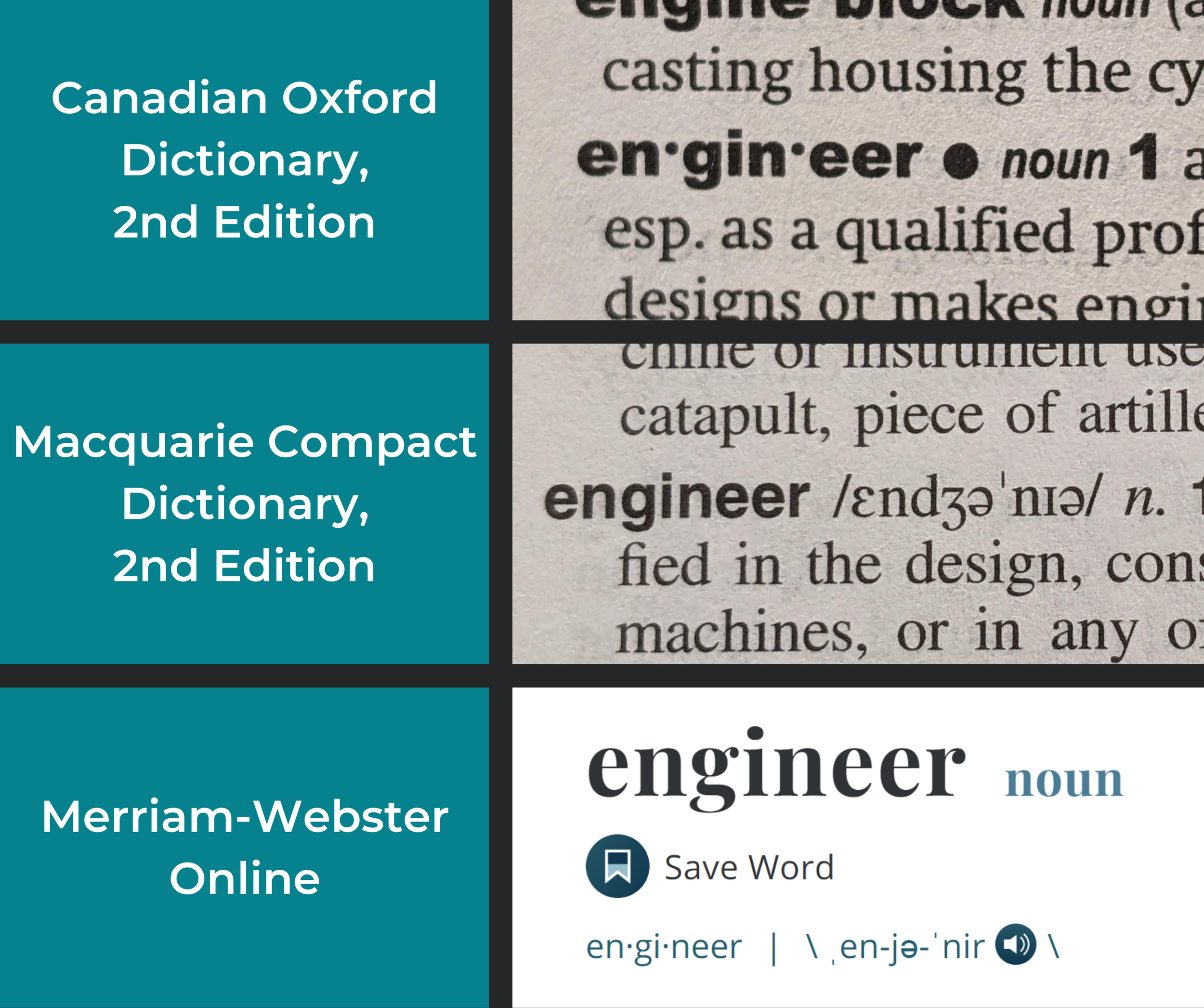When you’re writing a rhyming picture book, the rhyme and metre are just as important as the story. But what if you’re not sure how to pronounce the word? You need to know which syllable is stressed for your metre, and you need to know the pronunciation for your rhymes. That’s when it’s time to break out a dictionary! If you’ve only used a dictionary for definitions in the past, this post will teach you how to read a pronunciation guide too.
But first things first: “the dictionary” doesn’t exist.
There are many different dictionaries in the world, and you want to choose one that’s right for the voice you’re writing in. Pronunciation and stress can differ from one country to the next.
Related: 5 Easy Ways to Improve Your Rhyming Picture Book
How to identify stressed syllables
Word stress is important for both rhyme and metre. Rhymes begin with the vowel of the primary stressed syllable, and metre is the rhythm of stressed and unstressed syllables in a line.
Related: So You Want to Write a Rhyming Picture Book
So how do you figure out the stress of a word?
Image source: https://www.merriam-webster.com/dictionary/engineering
In most dictionaries, a stress mark will appear before the stressed syllable. The primary stress mark is a little vertical line that appears at the height of an apostrophe. The secondary stress (if there is one) is marked with a similar line at the height of a comma.
Let’s look at the word “engineering.” The primary stress is on the third syllable: engineering.
But the other three syllables aren’t all equal. It’s not en-gi-NEER-ing, but it’s not EN-gi-NEER-ing either. The first syllable is more emphasized than the second and fourth, but less emphasized than the third. That’s the secondary stress.
In the screenshot above from Merriam-Webster.com, you can see the primary stress mark (ˈ) before the third syllable and the secondary stress mark (ˌ) before the first syllable: \ ˌen-jə-ˈnir-iŋ \
To put it another way, imagine the word as a graph. In the graph image, you can see how two of the syllables (“en” and “neer”) are stronger than the others, but one (“neer”) is emphasized the most.
How to check the pronunciation
Dictionaries include pronunciation guides for many, if not all, words. One common tool is the international phonetic alphabet (IPA), but not all dictionaries use the same system. If you aren’t already familiar with reading pronunciation guides, I recommend getting acquainted with the one in your dictionary of choice—there should be a legend at the front or back of the dictionary.
Explaining these notations would be too lengthy to tackle here, but I’ll get you started and then you can continue to explore on your own. (If you’re ever unsure, feel free to drop a comment on the blog or social media and I’ll be happy to help out!)
Let’s compare the way the word “engineer” shows up in different dictionaries:
Image sources (top to bottom): Canadian Oxford Dictionary, Macquarie Compact Dictionary, Merriam-Webster.com
In the Canadian Oxford Dictionary, you can see dots separating the syllables, but there’s no pronunciation guide since “engineer” is a common word. (Other words have pronunciations shown using a modified version of IPA.)
In Macquarie Compact Dictionary, the pronunciation is shown in IPA, but there’s no syllable break shown. However, there is a stress marker before the stressed syllable. Macquarie includes a legend in the front matter so you can learn to read the pronunciation guides. For example, dʒ represents the letter g in “engineer” (the sound j as in John).
Merriam-Webster.com shows both the syllable breaks and the pronunciation, using its own pronunciation guide. As you can see, it represents the j-as-in-John sound with a j.
Did you spot the biggest difference between Macquarie and the others? Look at the end of the word: there’s no r at the end of the phonetic transcription! That’s because Macquarie is an Australian dictionary, so it reflects the non-rhotic Australian pronunciation (which to a North American ear would sound closer to “en-ji-NEE-uh”).
Image source: Dictionary.com
Some dictionaries offer you a choice of transcription styles. For example, Dictionary.com defaults to a phonetic respelling, but you can click “show IPA” to toggle back and forth.
If this is confusing, don’t worry! You only need to worry about the dictionary you’re using—and if it’s an online resource, it might have an audio file to help you out. But also, remember that you won’t be doing this for every word you write. You already know how to pronounce most of the words you’re using; these pronunciation guides are just there when you need to double-check.
And when in doubt, your editor can help!
Works Cited
Canadian Oxford Dictionary. Edited by Katherine Barber. Second Edition. Don Mills, Canada: Oxford, University Press, 2004.
“Engineer.” Dictionary.com. Accessed February 4, 2022. https://www.dictionary.com/browse/engineer
“Engineer.” Merriam-Webster.com. Merriam-Webster, Incorporated. Accessed February 4, 2022. https://www.merriam-webster.com/dictionary/engineer
“Engineering.” Merriam-Webster.com. Accessed February 4, 2022. https://www.merriam-webster.com/dictionary/engineering
Macquarie Compact Dictionary. Second Edition. Sydney: Macquarie Dictionary Publishers, 2017.





